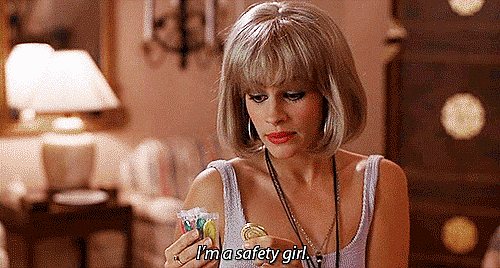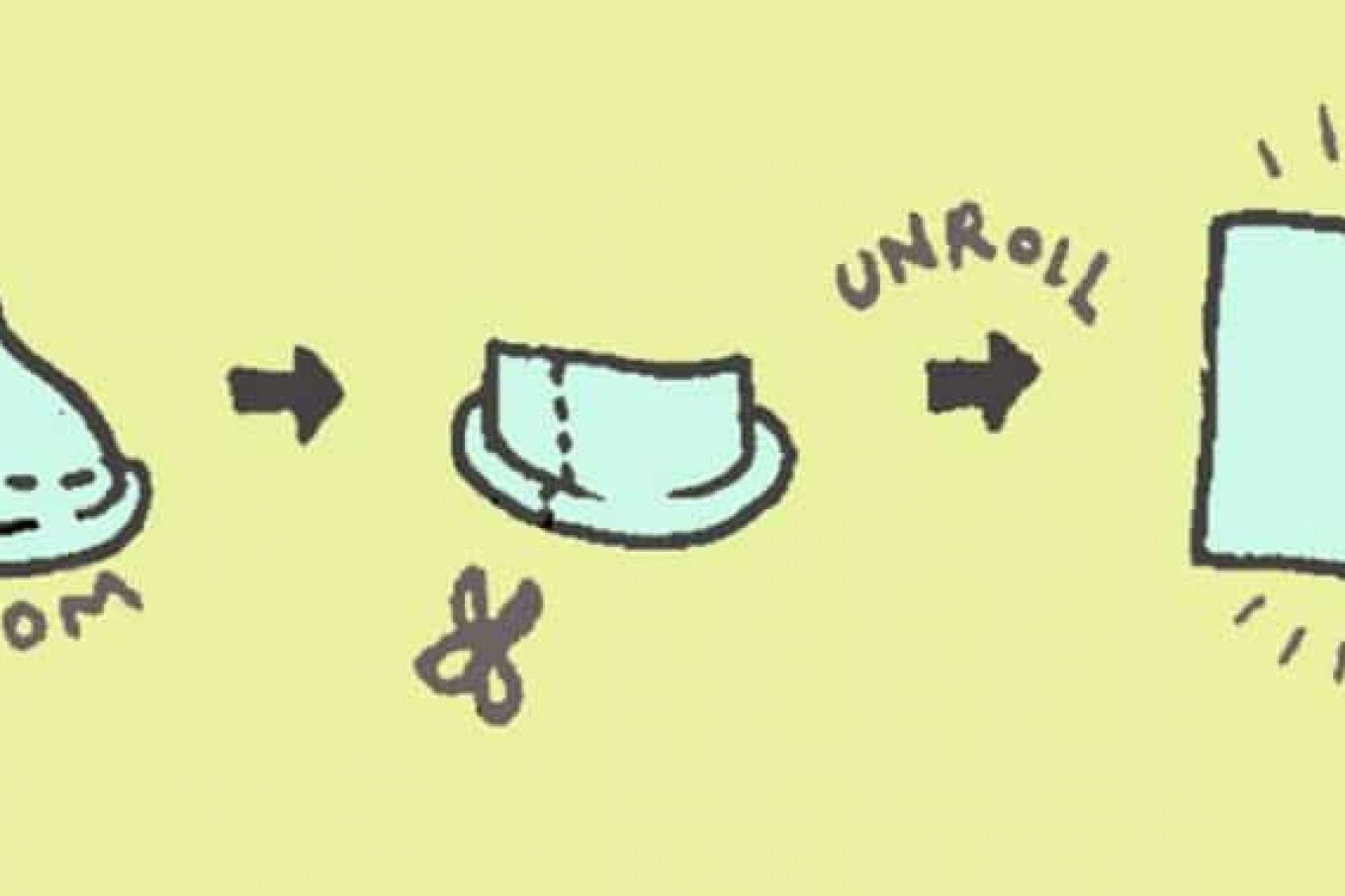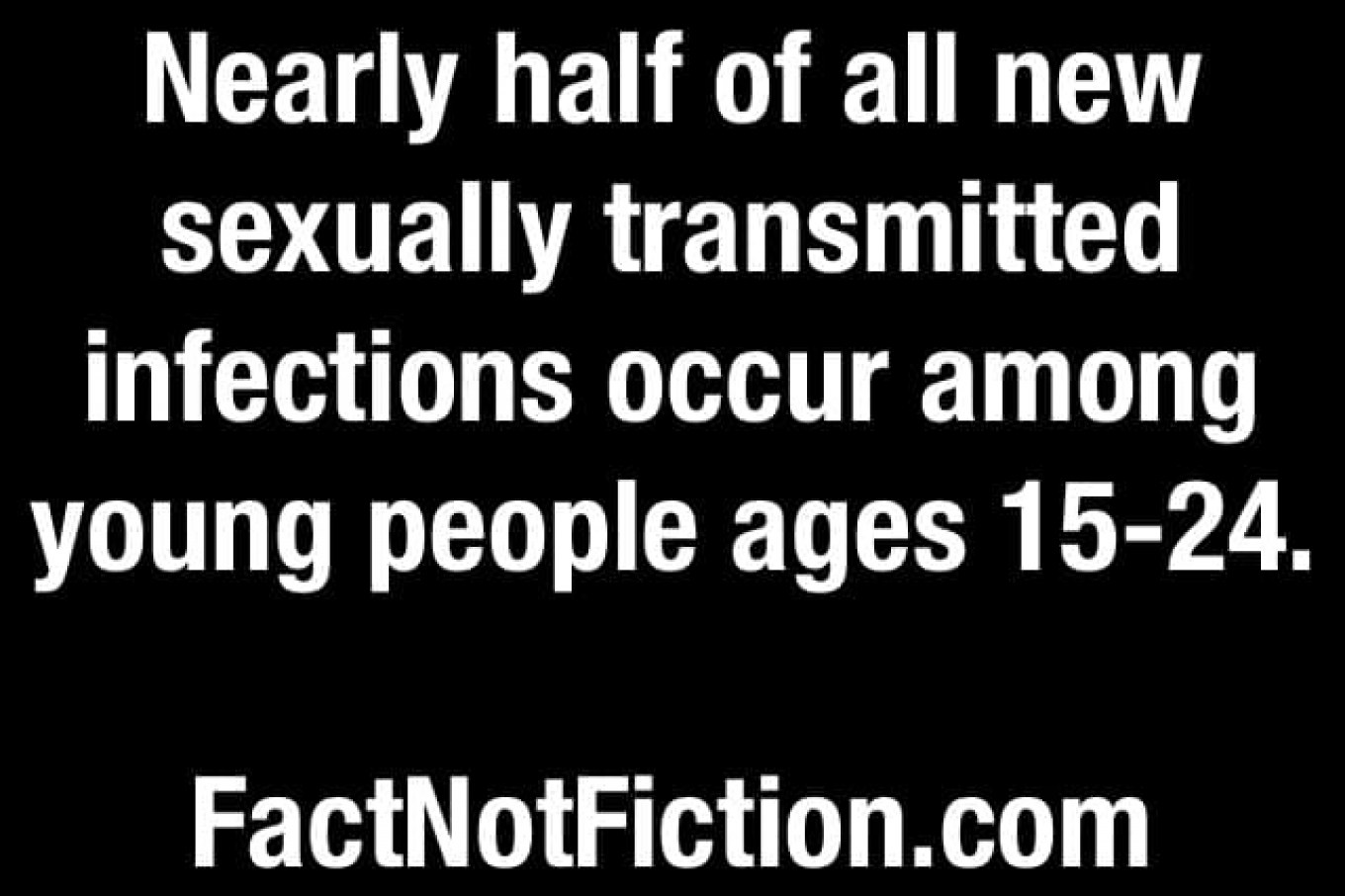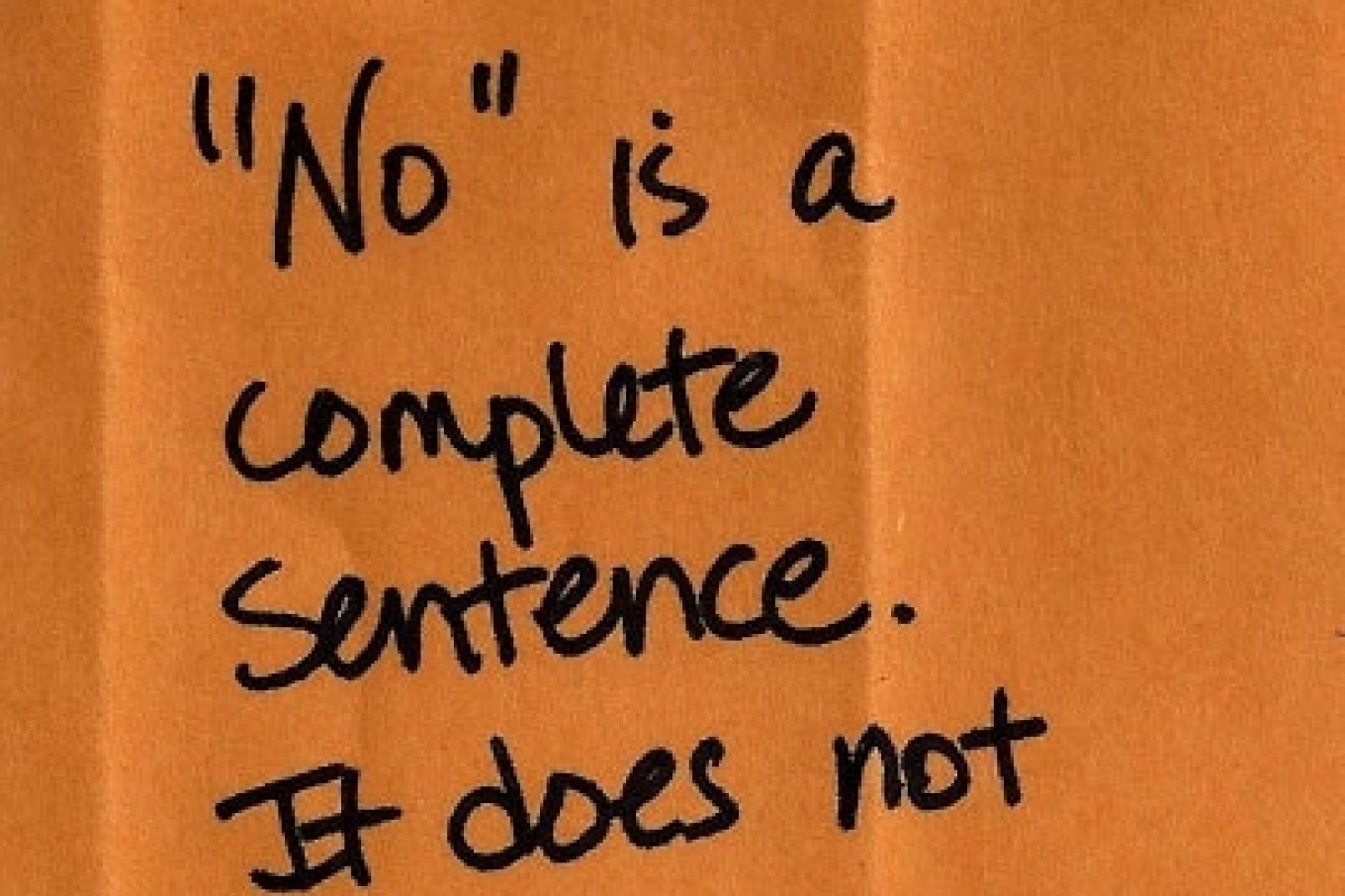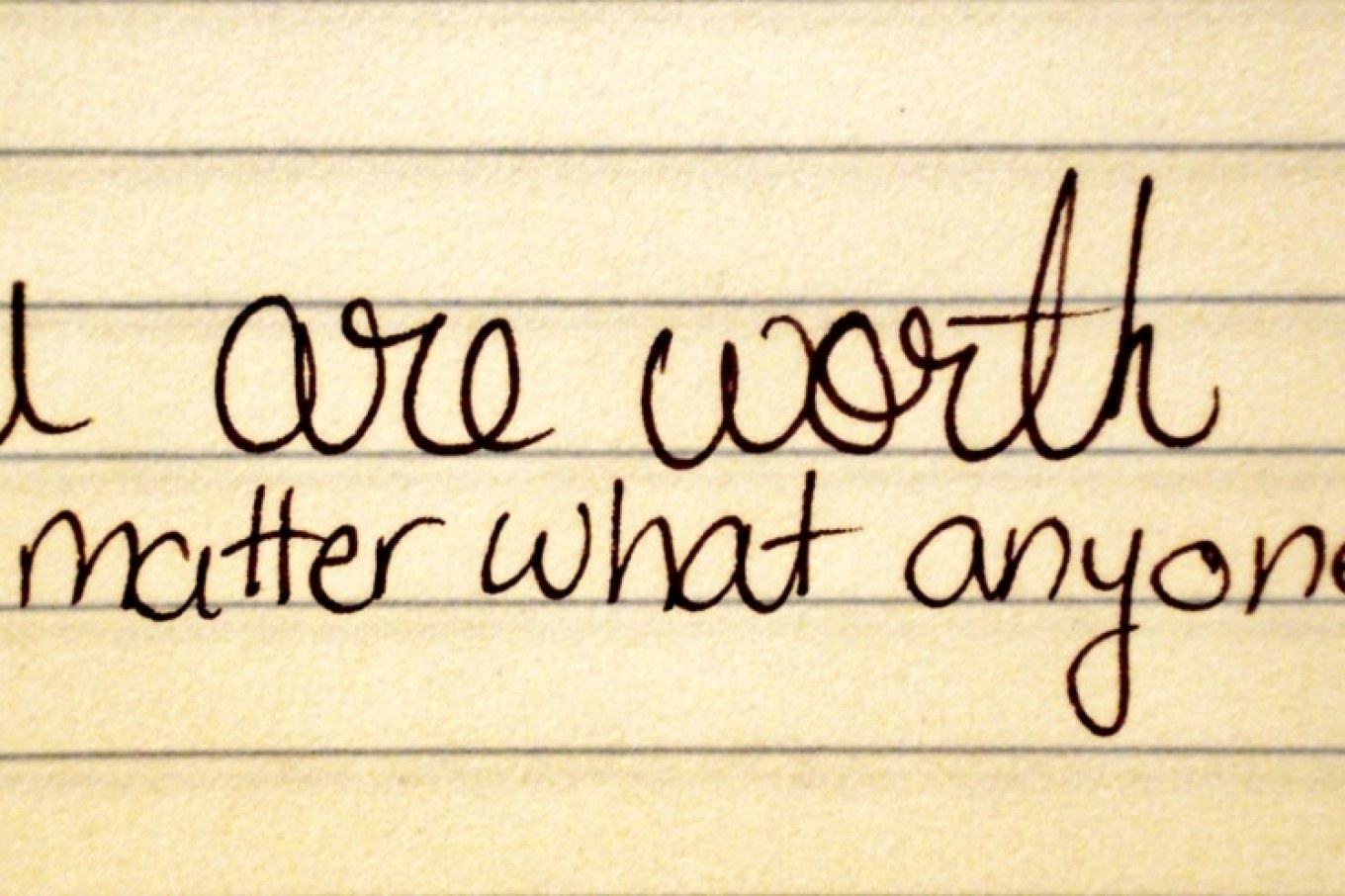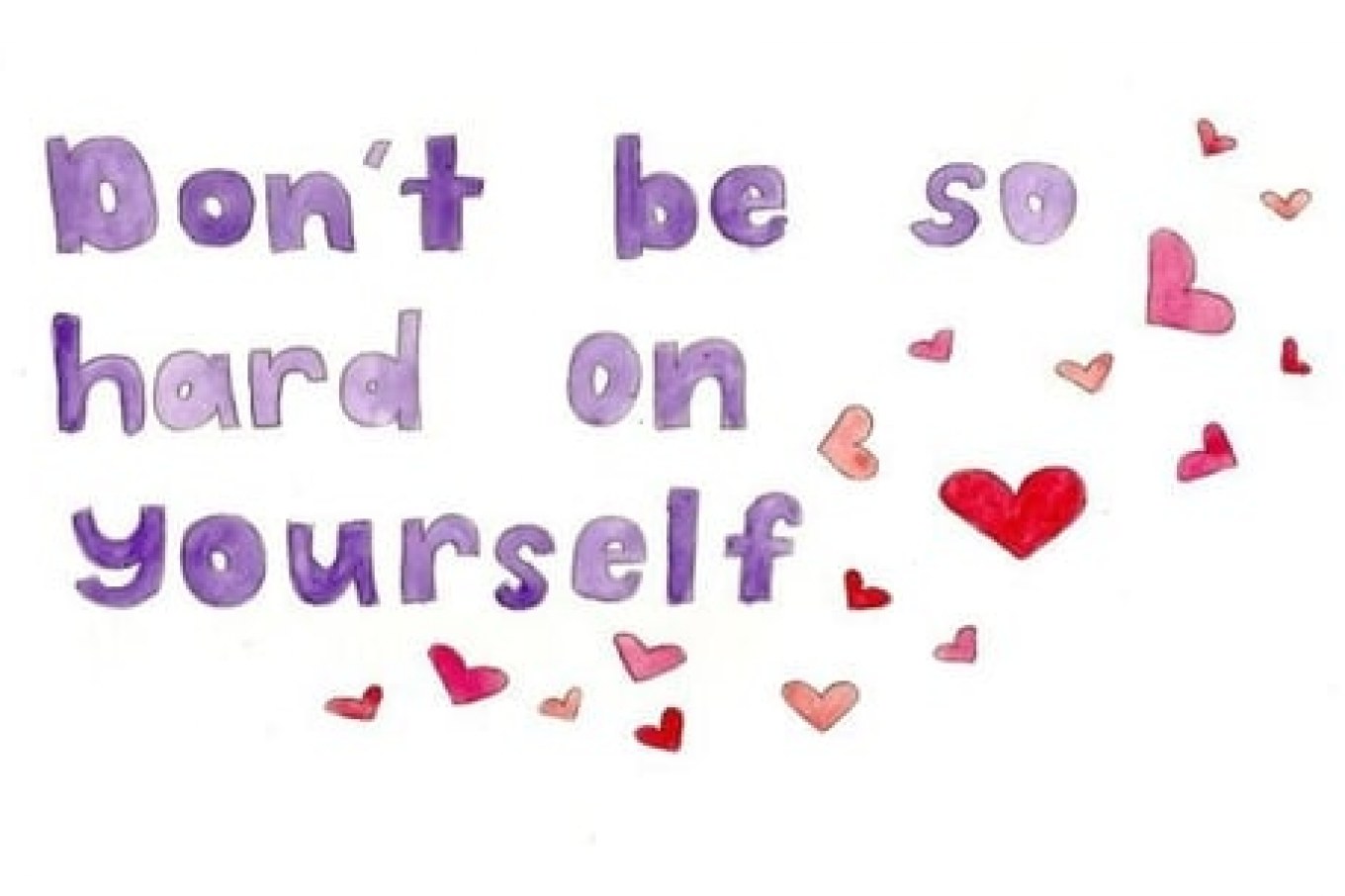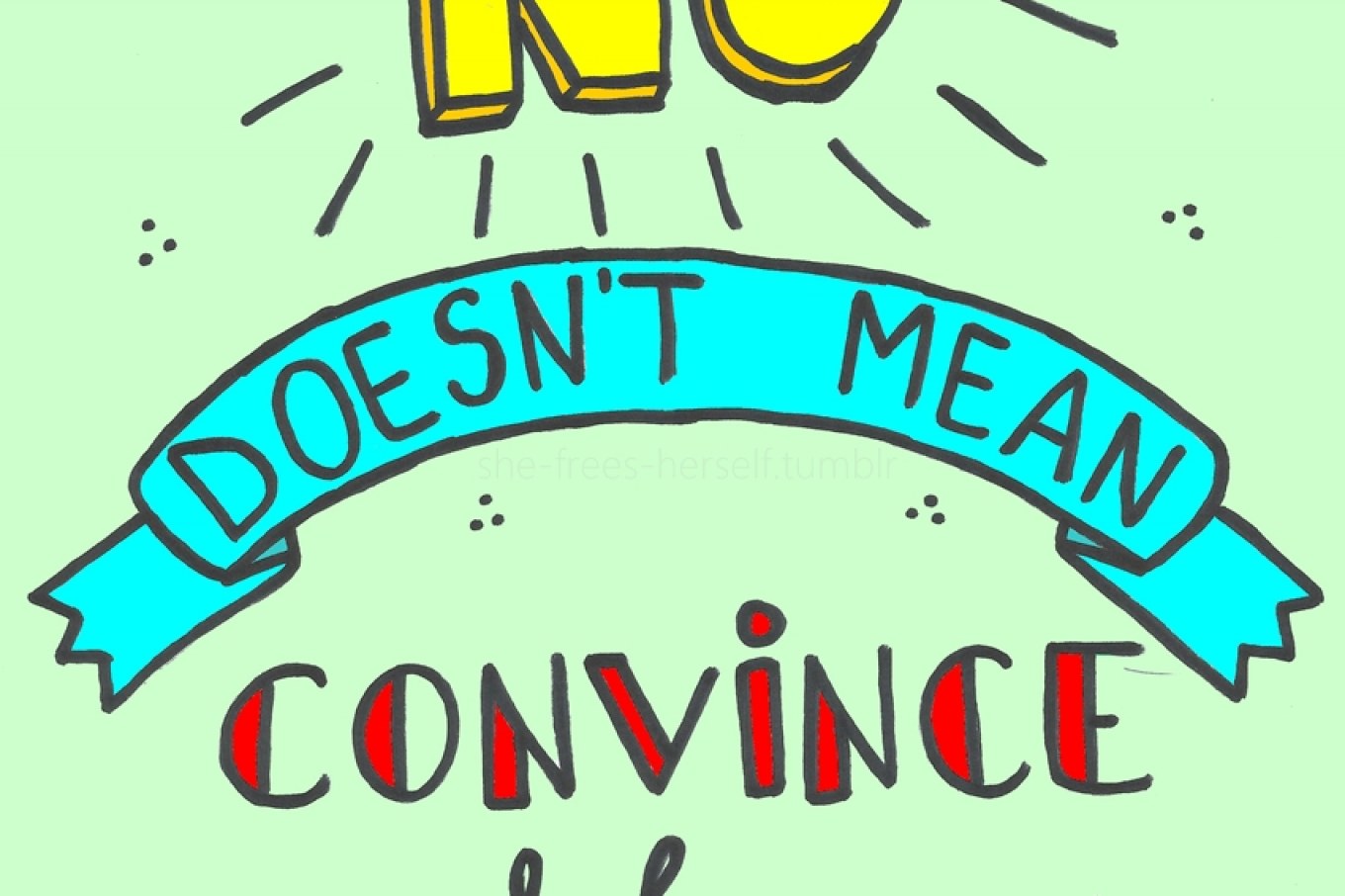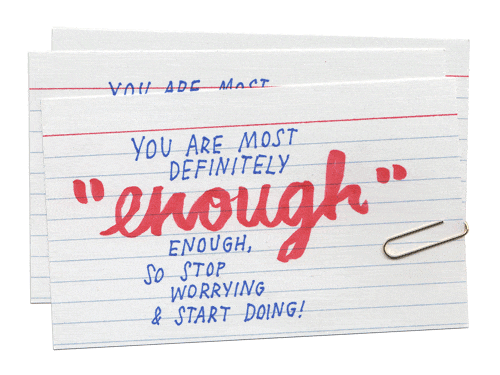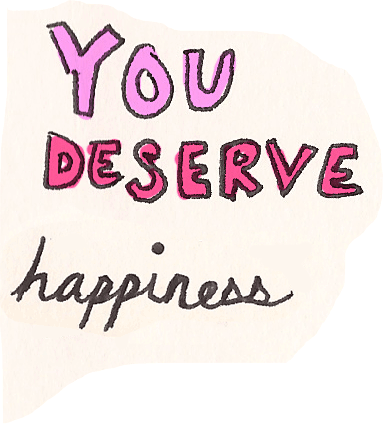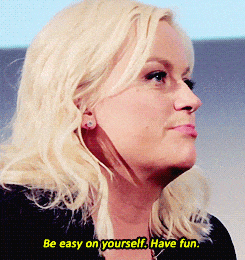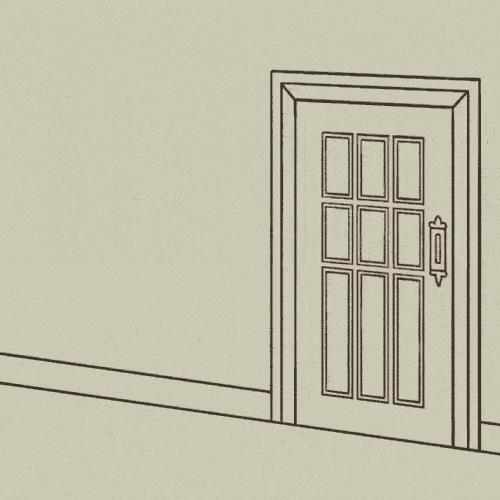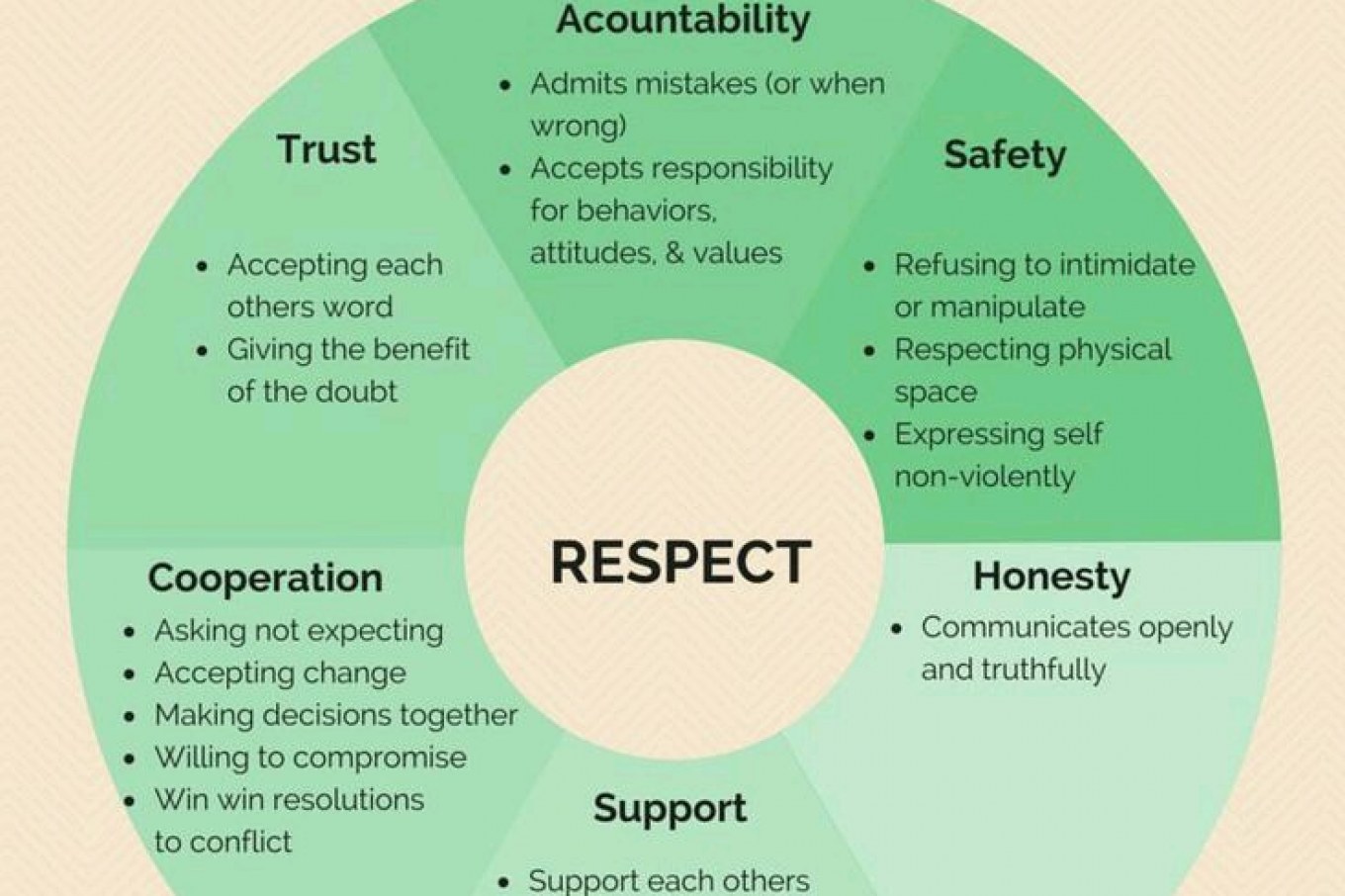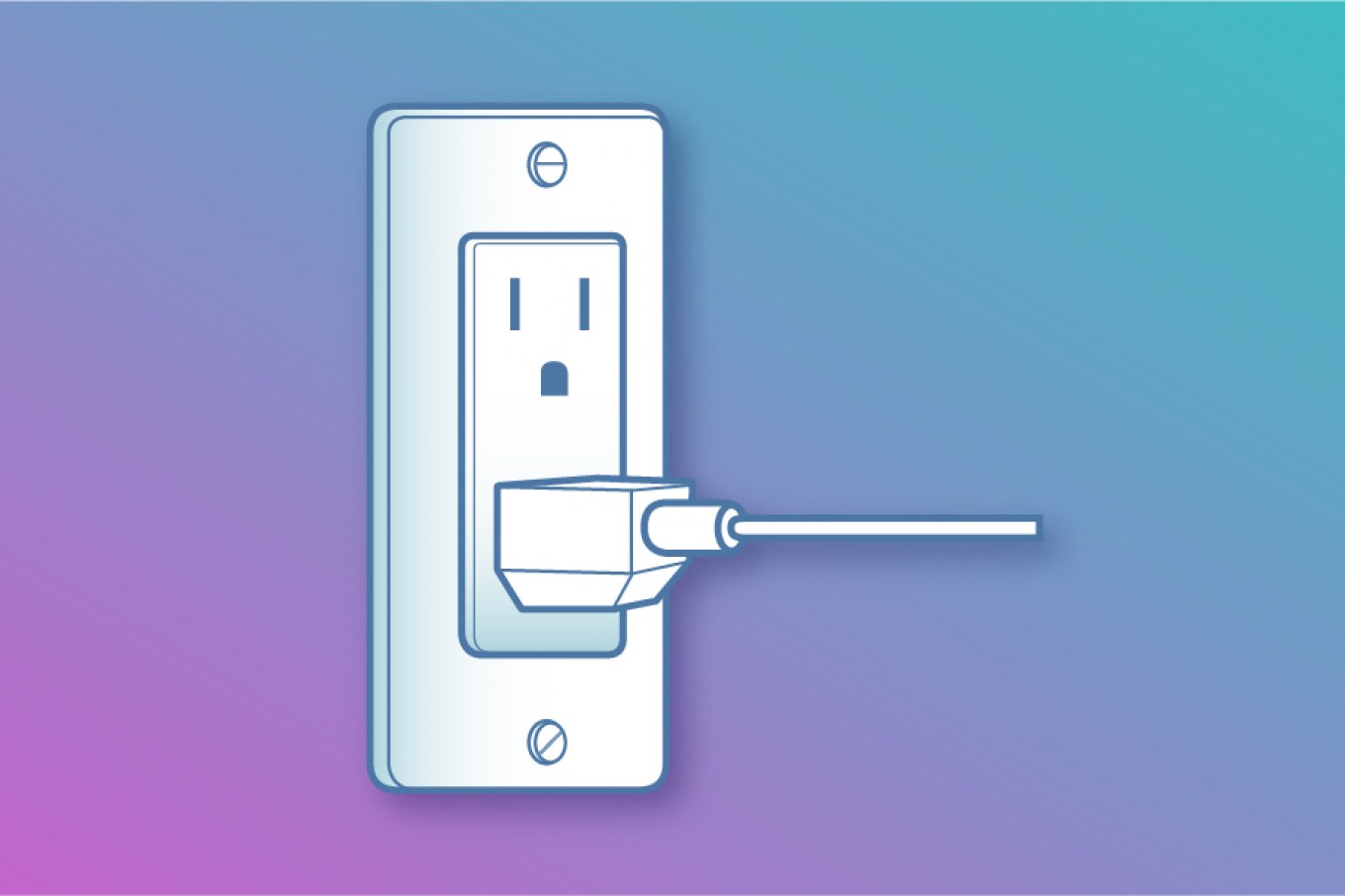The following comparisons highlight the difference between healthy and unhealthy boundaries.
Healthy: Being your own person.
Unhealthy: Feeling incomplete without the other person.
Healthy: Accepting responsibility for your own happiness.
Unhealthy: Relying on others (especially your partner) to make you happy.
Healthy: Being able to balance separateness and togetherness.
Unhealthy: Wanting either too much or too little togetherness.
Healthy: Having meaningful friendships outside the partnership.
Unhealthy: Being unable to build and maintain close friendships with others.
Healthy: Being able to see and focus on your own, and your partner’s, good points.
Unhealthy: Always focusing on your partner’s flaws and worst qualities.
Healthy: Achieving intimacy without the use of substances.
Unhealthy: Using substances to reduce your inhibitions and achieve a false sense of intimacy.
Healthy: Communicating in a way that is open and real.
Unhealthy: Playing games; being manipulative; not being willing to listen in a non-defensive way.
Healthy: Being loyal and committed to your partner.
Unhealthy: Displaying jealousy and relationship addiction; being uncommitted to your partner.
Healthy: Respecting and accepting the ways in which you and your partner are different.
Unhealthy: Blaming and criticising your partner for having different traits and qualities from you.
Healthy: Being open and asking for what you want, in a clear and unambiguous way.
Unhealthy: Being unable to ask for what you want.
Healthy: Accepting transitions and endings.
Unhealthy: Being unable to change, let go and move on.
Relationship Issues: Healthy versus Unhealthy Boundaries
The following comparisons highlight the difference between healthy and unhealthy boundaries.
Healthy: Being your own person.
Unhealthy: Feeling incomplete without the other person.
Healthy: Accepting responsibility for your own happiness.
Unhealthy: Relying on others (especially your partner) to make you happy.
Healthy: Being able to balance separateness and togetherness.
Unhealthy: Wanting either too much or too little togetherness.
Healthy: Having meaningful friendships outside the partnership.
Unhealthy: Being unable to build and maintain close friendships with others.
Healthy: Being able to see and focus on your own, and your partner’s, good points.
Unhealthy: Always focusing on your partner’s flaws and worst qualities.
Healthy: Achieving intimacy without the use of substances.
Unhealthy: Using substances to reduce your inhibitions and achieve a false sense of intimacy.
Healthy: Communicating in a way that is open and real.
Unhealthy: Playing games; being manipulative; not being willing to listen in a non-defensive way.
Healthy: Being loyal and committed to your partner.
Unhealthy: Displaying jealousy and relationship addiction; being uncommitted to your partner.
Healthy: Respecting and accepting the ways in which you and your partner are different.
Unhealthy: Blaming and criticising your partner for having different traits and qualities from you.
Healthy: Being open and asking for what you want, in a clear and unambiguous way.
Unhealthy: Being unable to ask for what you want.
Healthy: Accepting transitions and endings.
Unhealthy: Being unable to change, let go and move on.














































